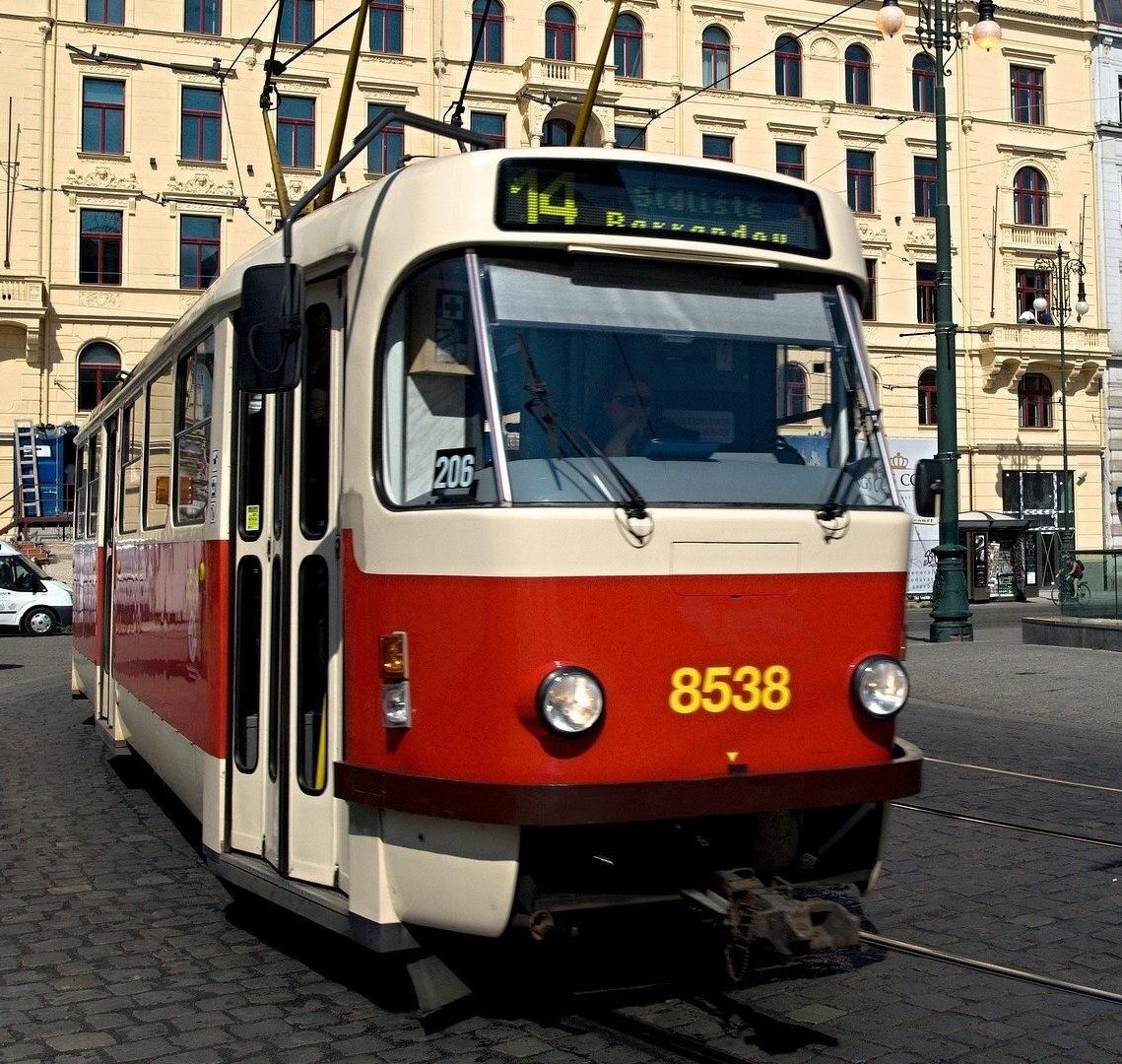The idea is for it to be really lightweight (or one might say “very light”) in order to make simpler and easier to install tracks that are then much cheaper to build. IIRC they would still have to relocate utilities when installing the tracks so they wouldn’t end up being much cheaper, and they’ve run out of funding because they’re based in the UK and the UK gov doesn’t fund things.
I like it.
Smaller hopefully means:
- my route won’t be canceled due to “too few” riders.
- more total trains with more of them express.
- neighborhood trains
Is that… a battery tram?
There’s a similar system for buses in Geneva. The bus recharges for 20 seconds while the passengers get off and on during stops.
https://www.tpg.ch/en/about-us/tpg-today-and-tomorrow/innovation#tosa-technology+flash-recharges
Thanks for the link :)
I had heard of battery busses but never battery trams… It feels so weird to do, if you’re already committing to a rail system, is a third rail or over head cabling that much more of an investment? That tram has a battery that’ll need replacing at some point and I am really curious when the cost of replacing batteries will over take cost of a third rail/pantograph system.
This is genuine curiousity, not me just ragging on battery tech
deleted by creator
Yup. You also see buses with the same setup, sometimes.
I like this too. I think it could be improved with ground power or a switched third rail in the areas where it is accelerating and decelerating. It seems like overhead power is costly complicated in this age of cheap IGBTs.
It’s battery powered. Each end has a burst charger to top it up, followed by a full charge overnight. It seems like a good balance. You don’t need to lug a huge amount of battery along, and you only need power to a few places, not a continuous overhead line.
It’s main benefit is being lightweight and cheap to install. The rails don’t need support beyond the depth of the road. They are also designed to be removed easily for utility access.
Yeah. I get that. I think it is an excellent design.
By adding a third rail in acceleration and deceleration areas you would greatly increase electrical efficiency and reduce battery requirements. You wouldn’t waste power charging and discharging the batteries during deceleration and acceleration. Additionally, the battery would only need to be able to provide enough power to maintain the speed. This also reduces the weight of the vehicle.
A 3rd rail massively increases the complexity of the setup. The tracks are shallow and simple. This makes them cheap to install. Adding a 3rd rail hugely increases the complexity, as well as adding safety concerns. It would be cheaper and safer to add additional chargers, mid route.
How does it increase complexity? It seems like it would be simpler than this mechanised charging system. A third rail wouldn’t prevent the tracks from being shallow and simple.
A 3rd rail needs to be designed to play nicely with what’s around it, e.g. kids poking it with a metal pole. It also requires power to be delivered to it. It also requires a way to repower a section when roadworkers need to move the rails. It also turns a run of paving slabs into a full blown circuit, requiring more training to install.
If you’re intending it to only be at the stations, then you still need to deal with the curious kid issues, as well as dealing with weather related issues. E.g. what happens if the 3rd rail is in a 5cm deep puddle?
The other option would be inductive charging, from below. That has its own problems however, the biggest being efficiency.
I would only power it when there is a car on top of it. That was done a hundred years ago. Now it is much easier. It just takes an IGBT per section. Seems pretty easy.
Magnetic Resonate wireless chargers are about 90% efficient but it seems that is a lot more complicated and expensive. Still this seems like an huge improvement over those charging stations.
I don’t see any reason to charge from the top of the vehicle no matter what method you use.
Charging from the top means you can easily keep the public away from the contacts. It’s also easier to keep things clean. It might also be a factor that you don’t have to dig up the road to add a new station/charger.
There was likely some cost/benefit analysis done that found it was cheaper/more reliable/less logistically complex.
Got any more details?
Also, it helps if you link to yesterday’s post.
__



